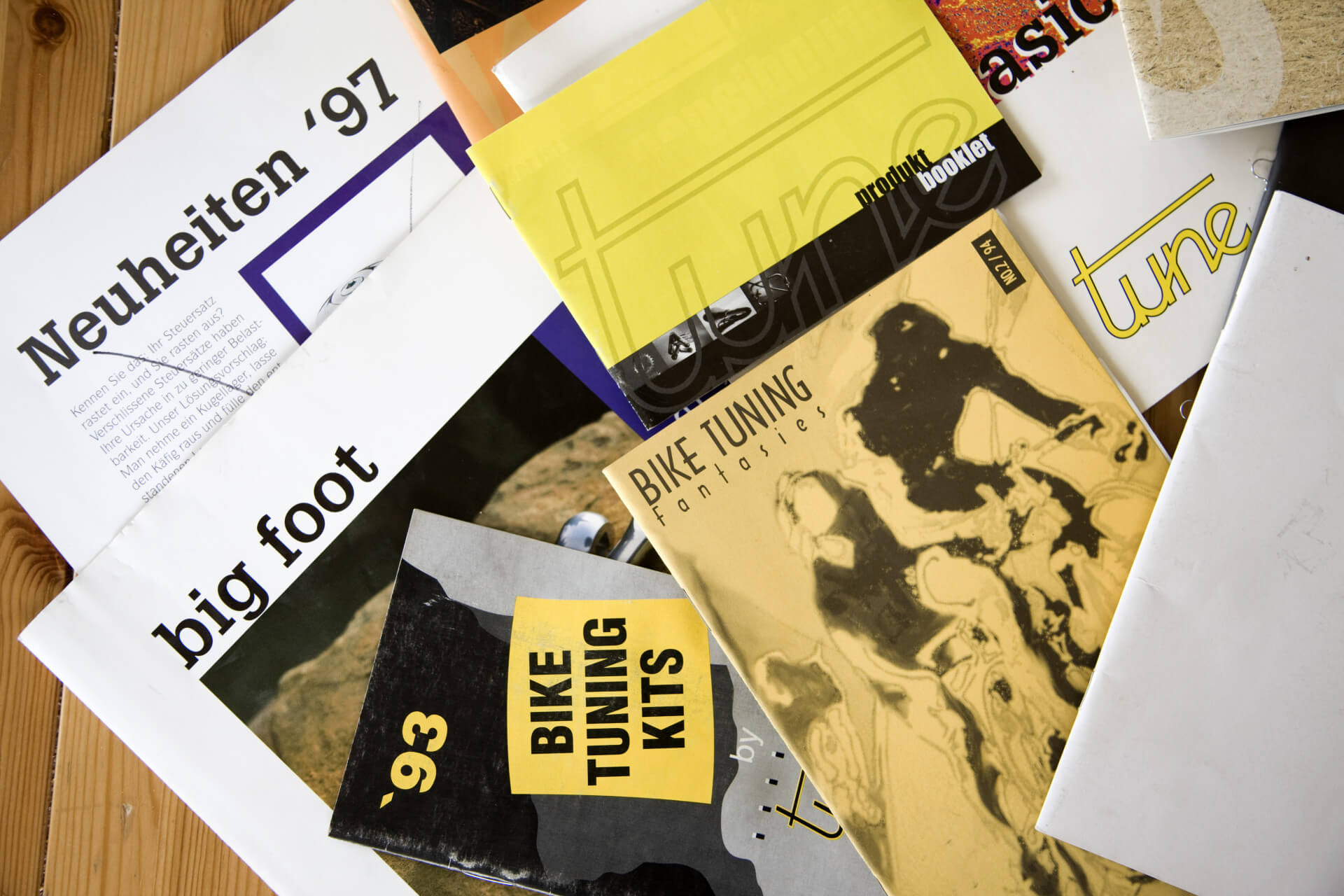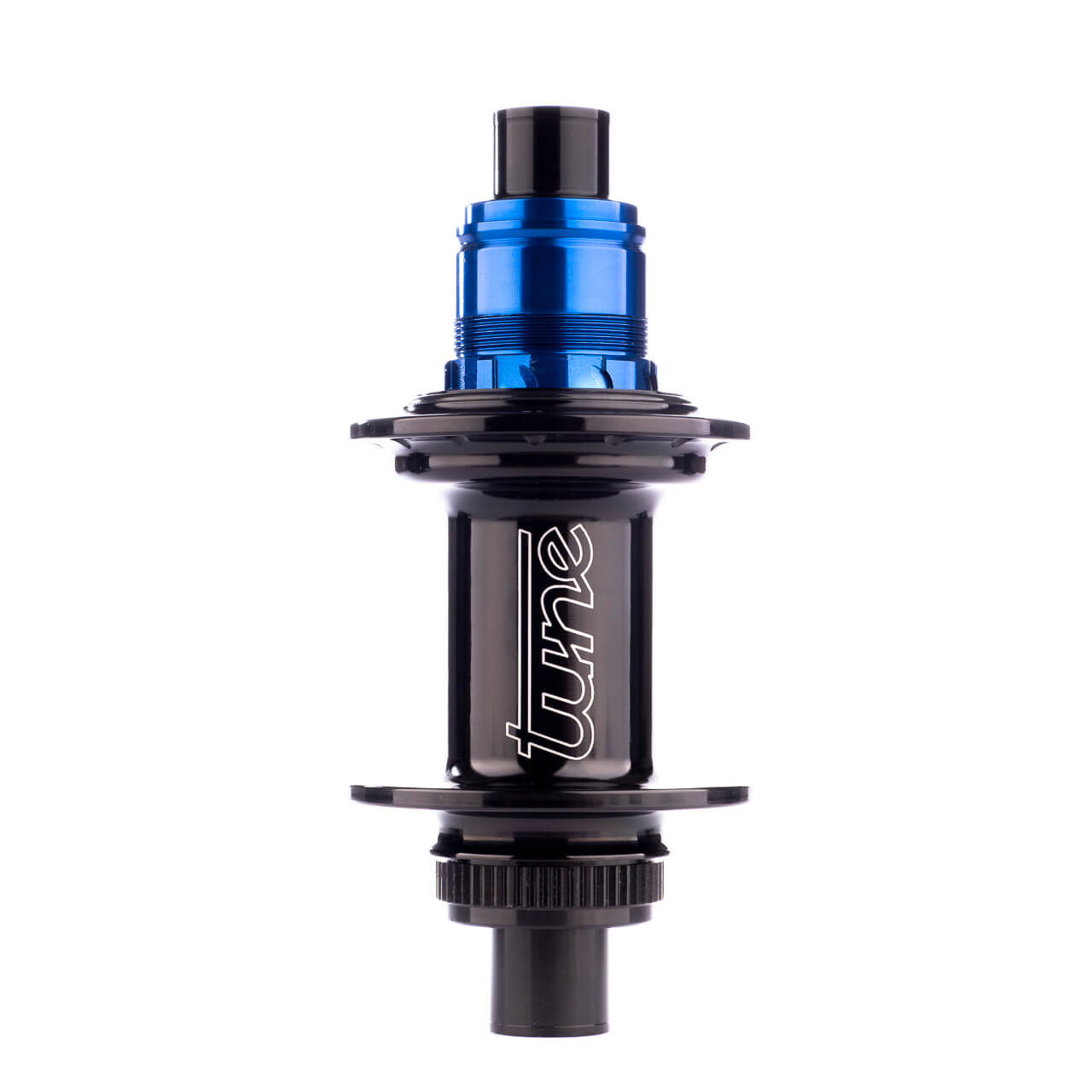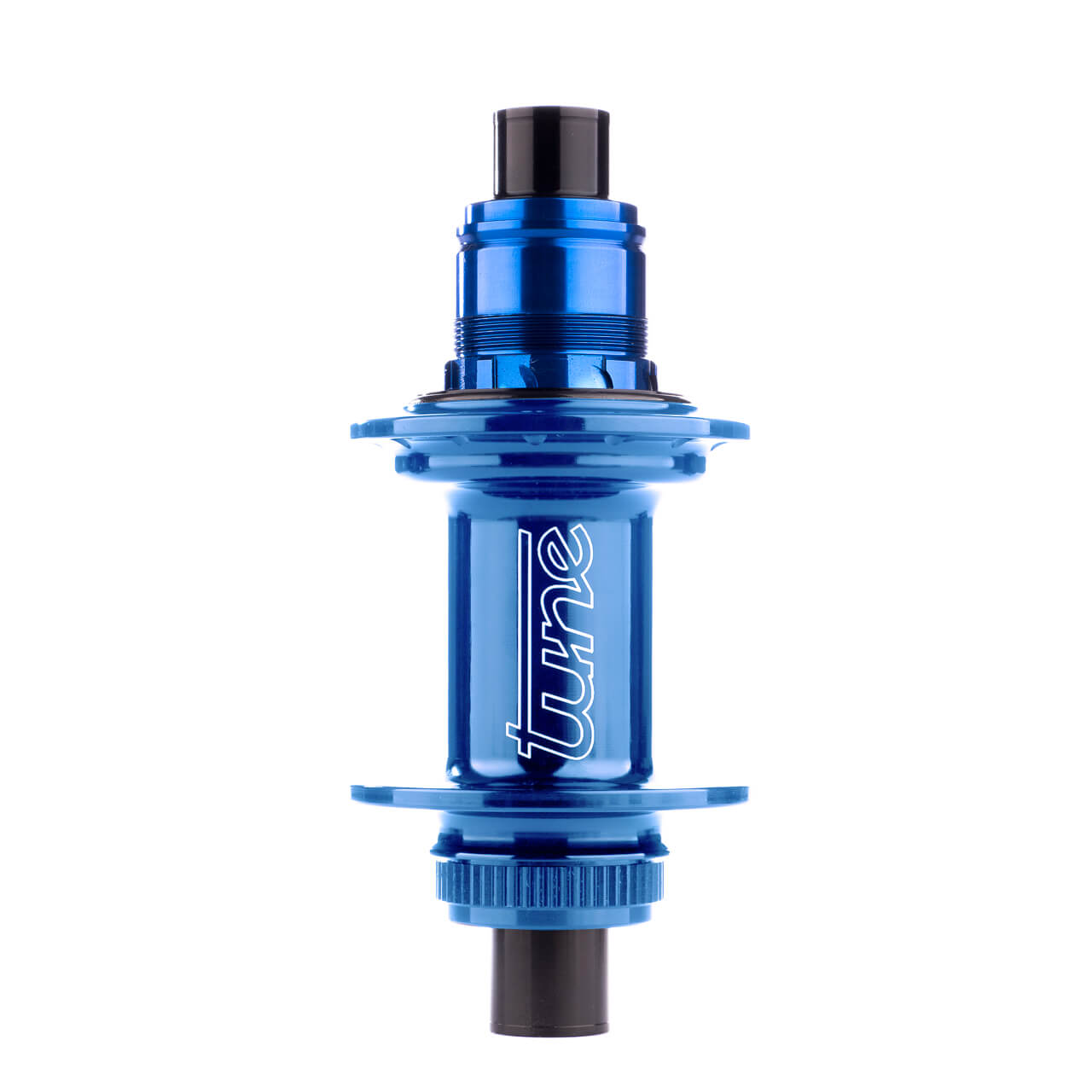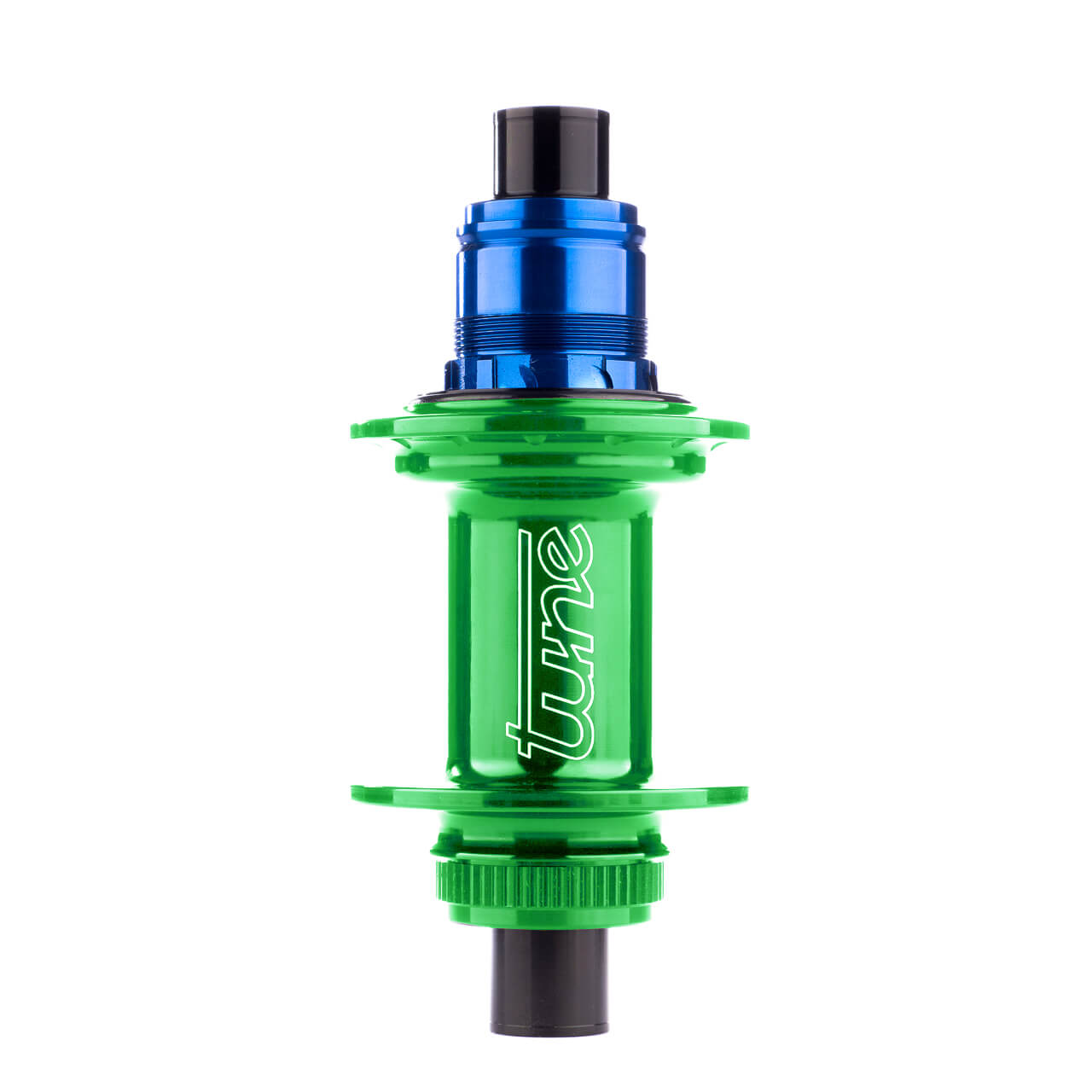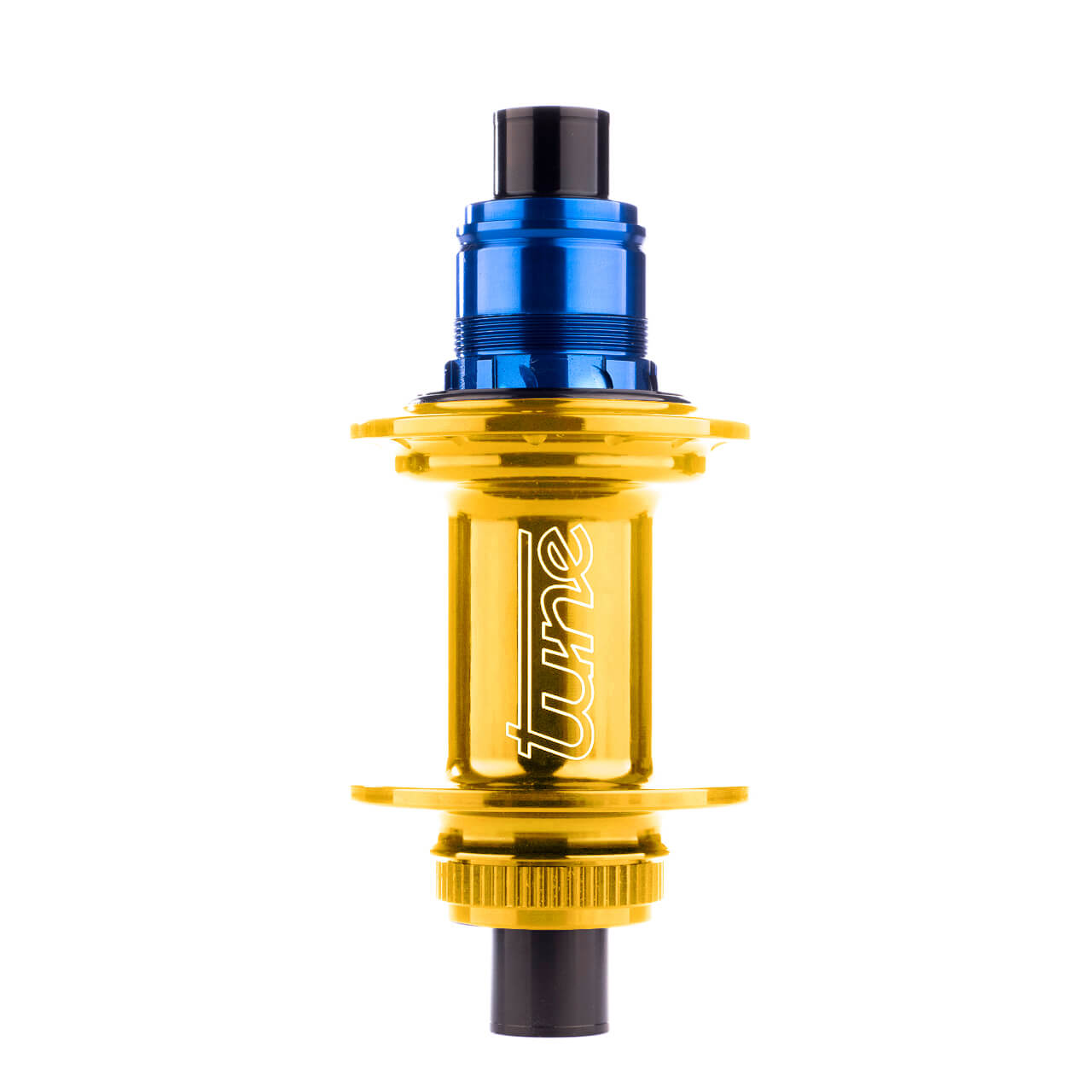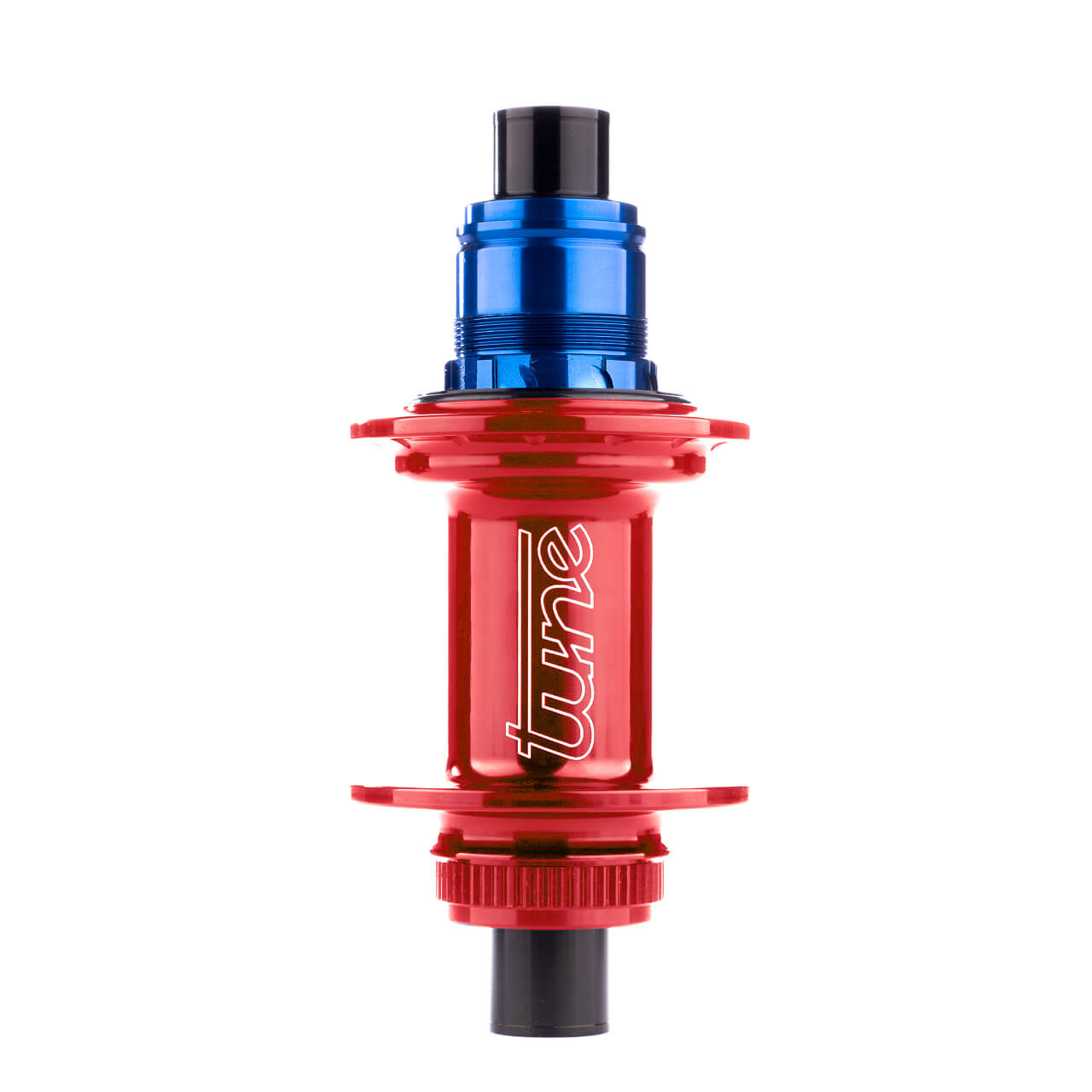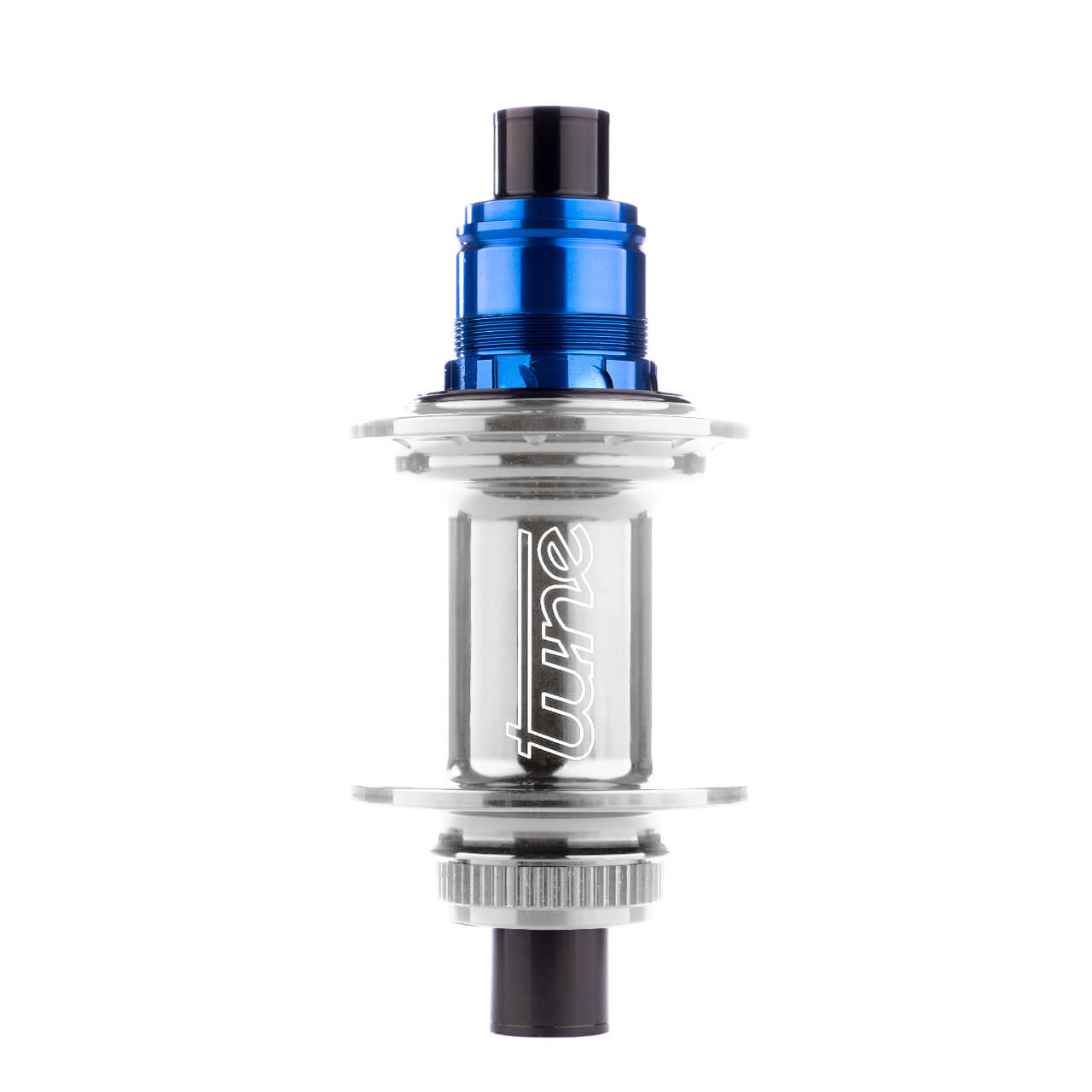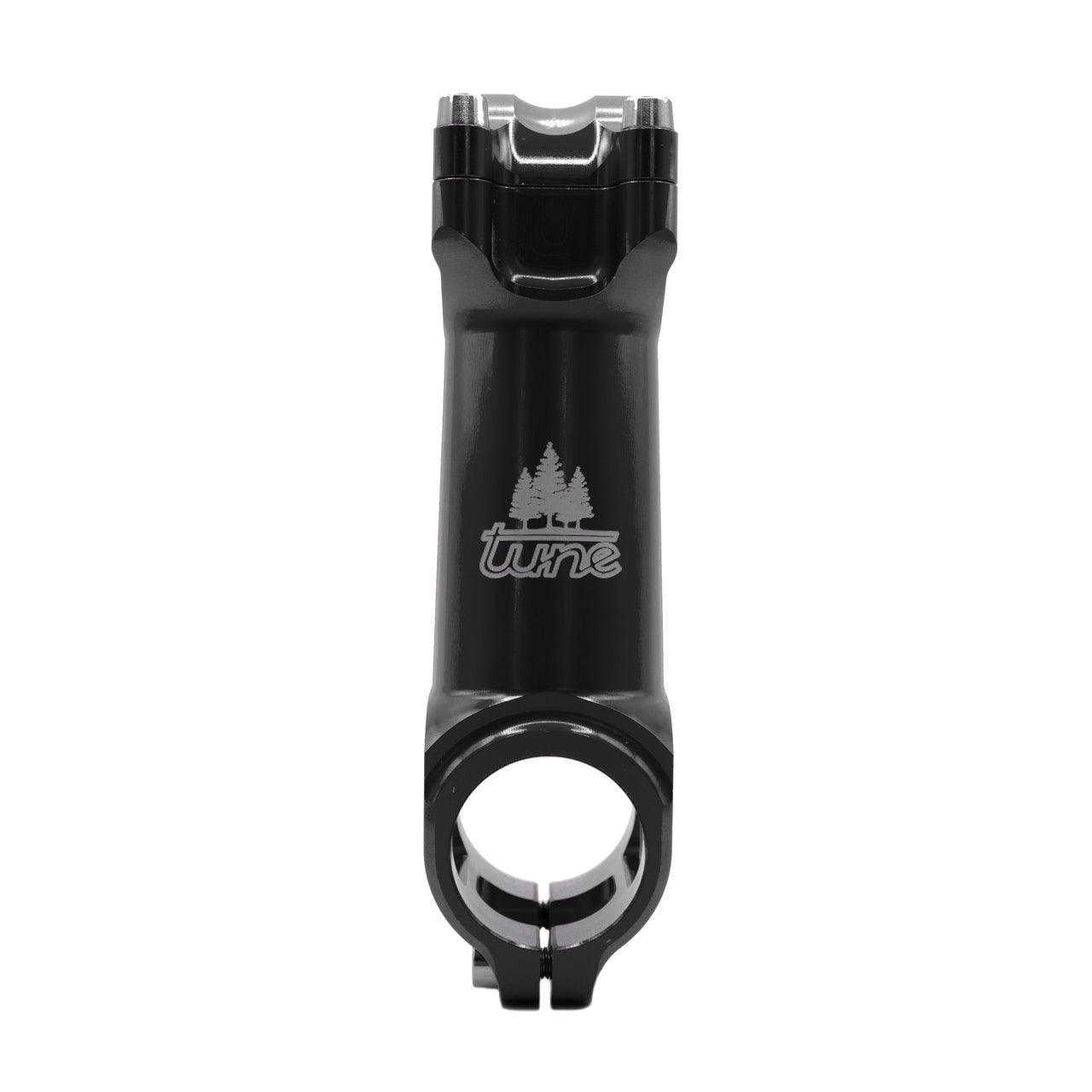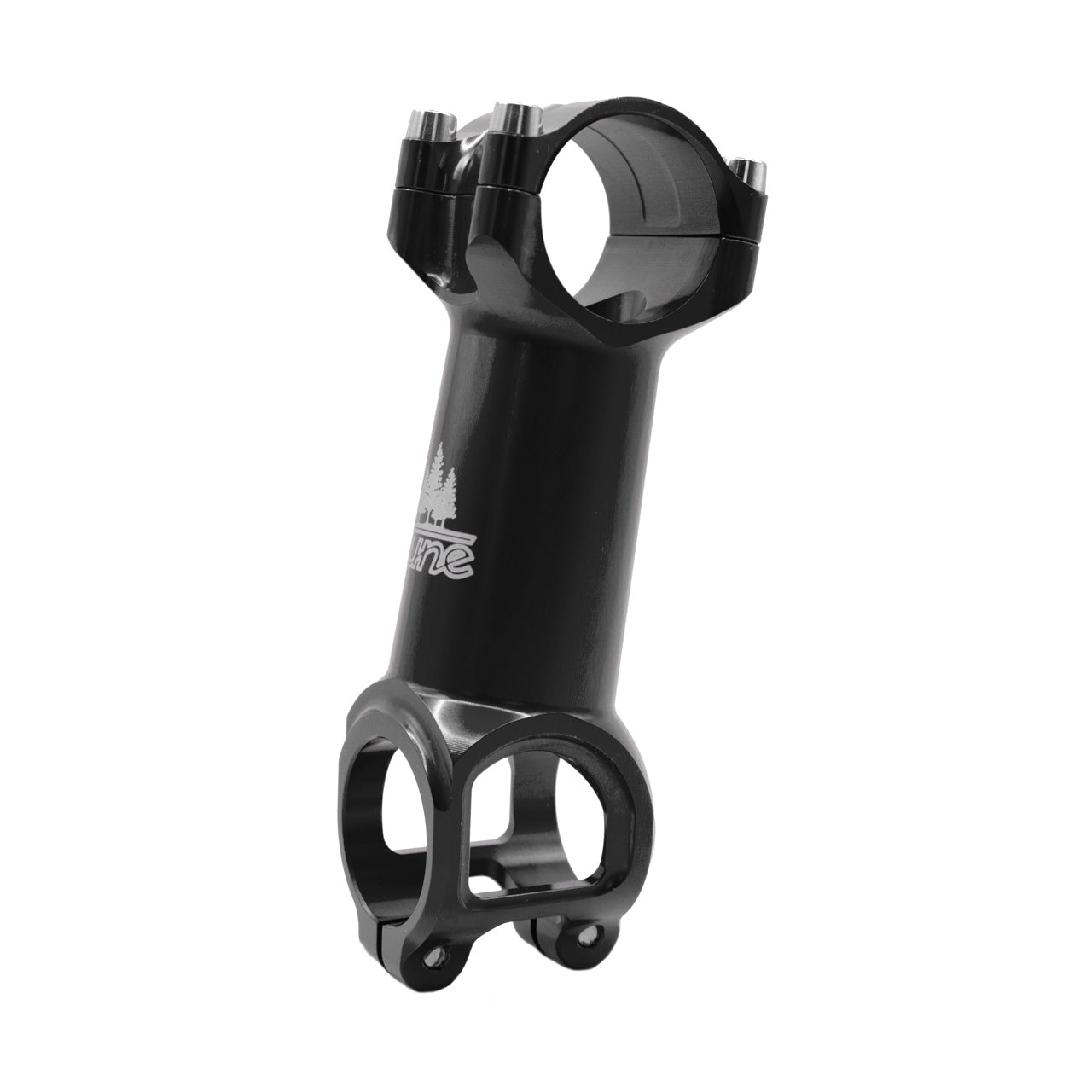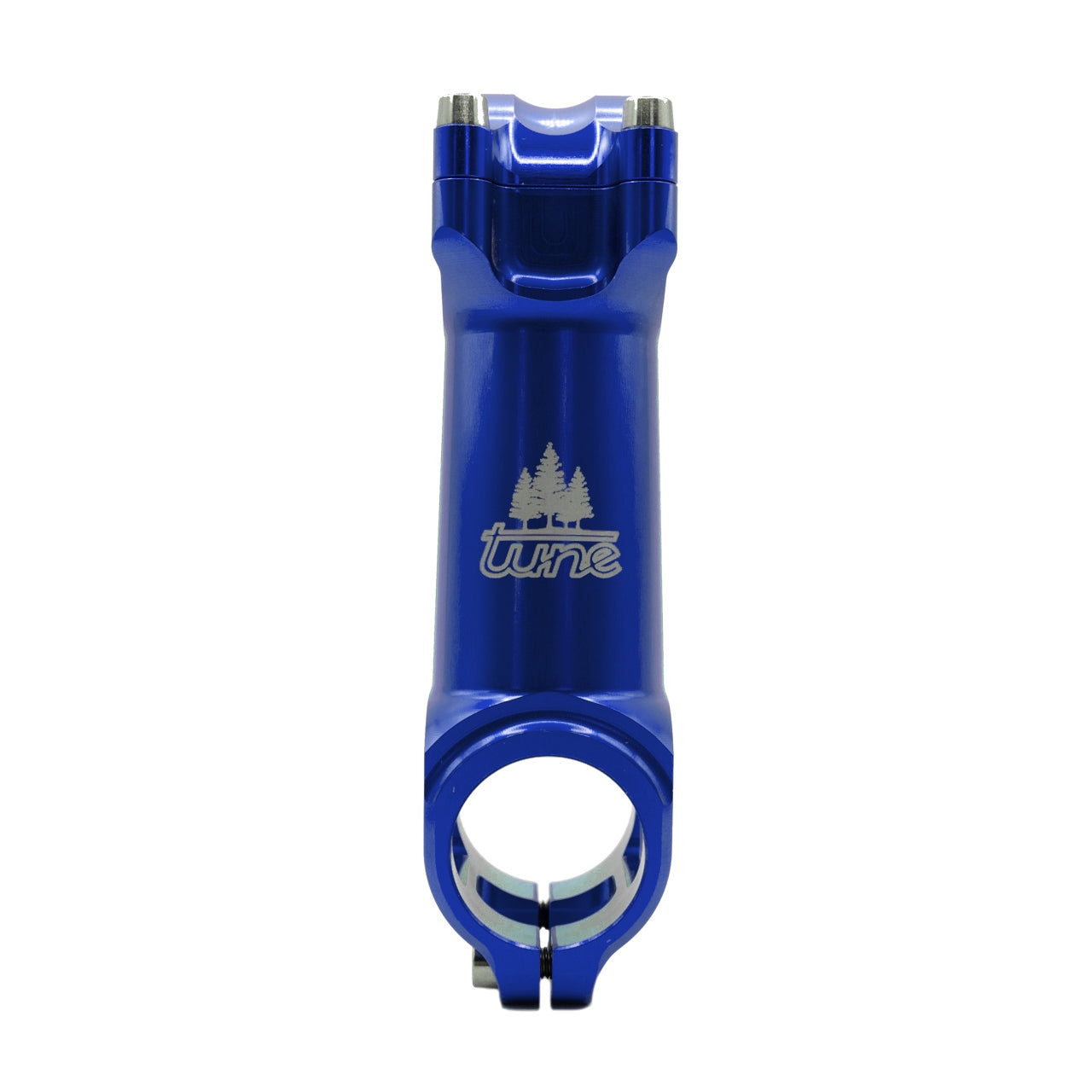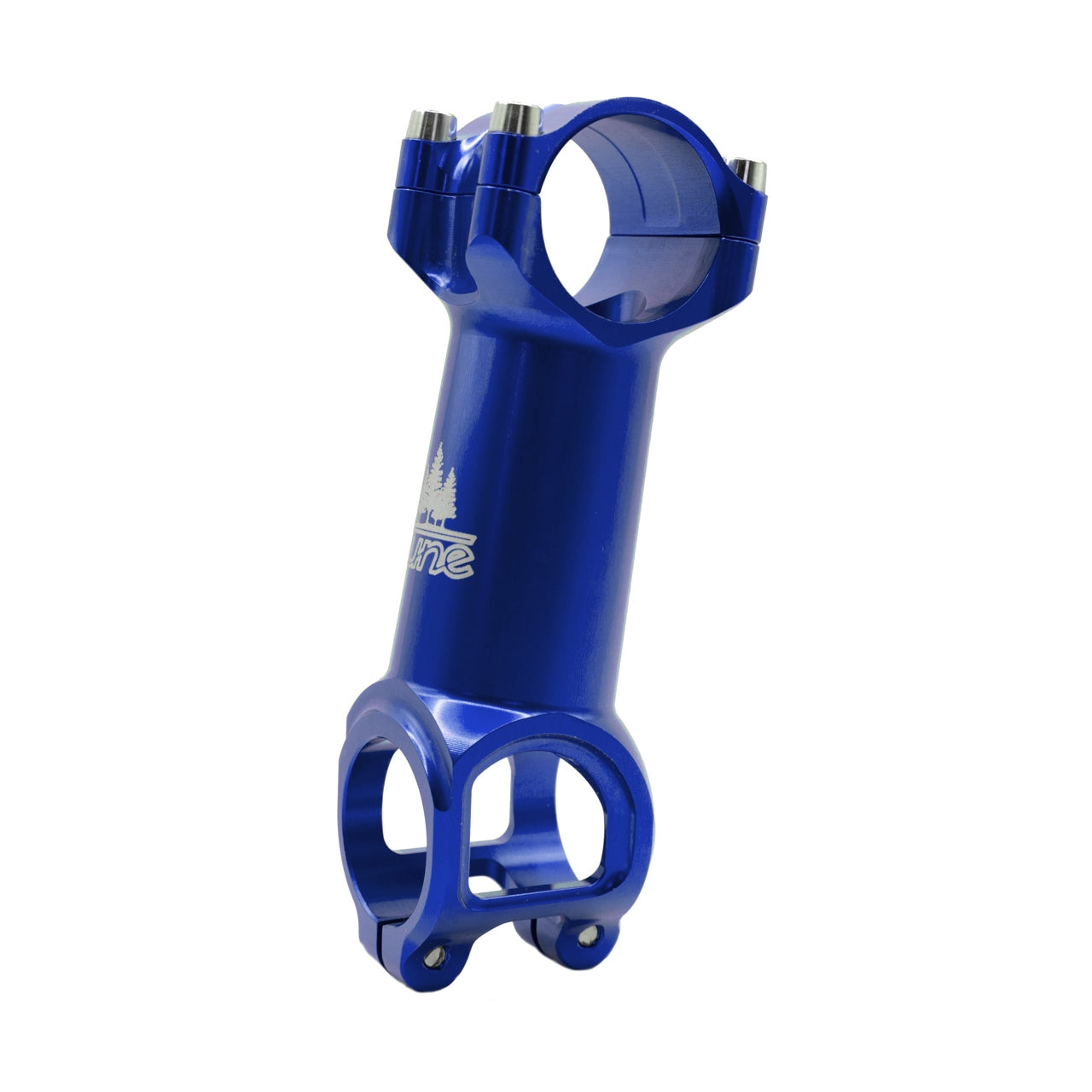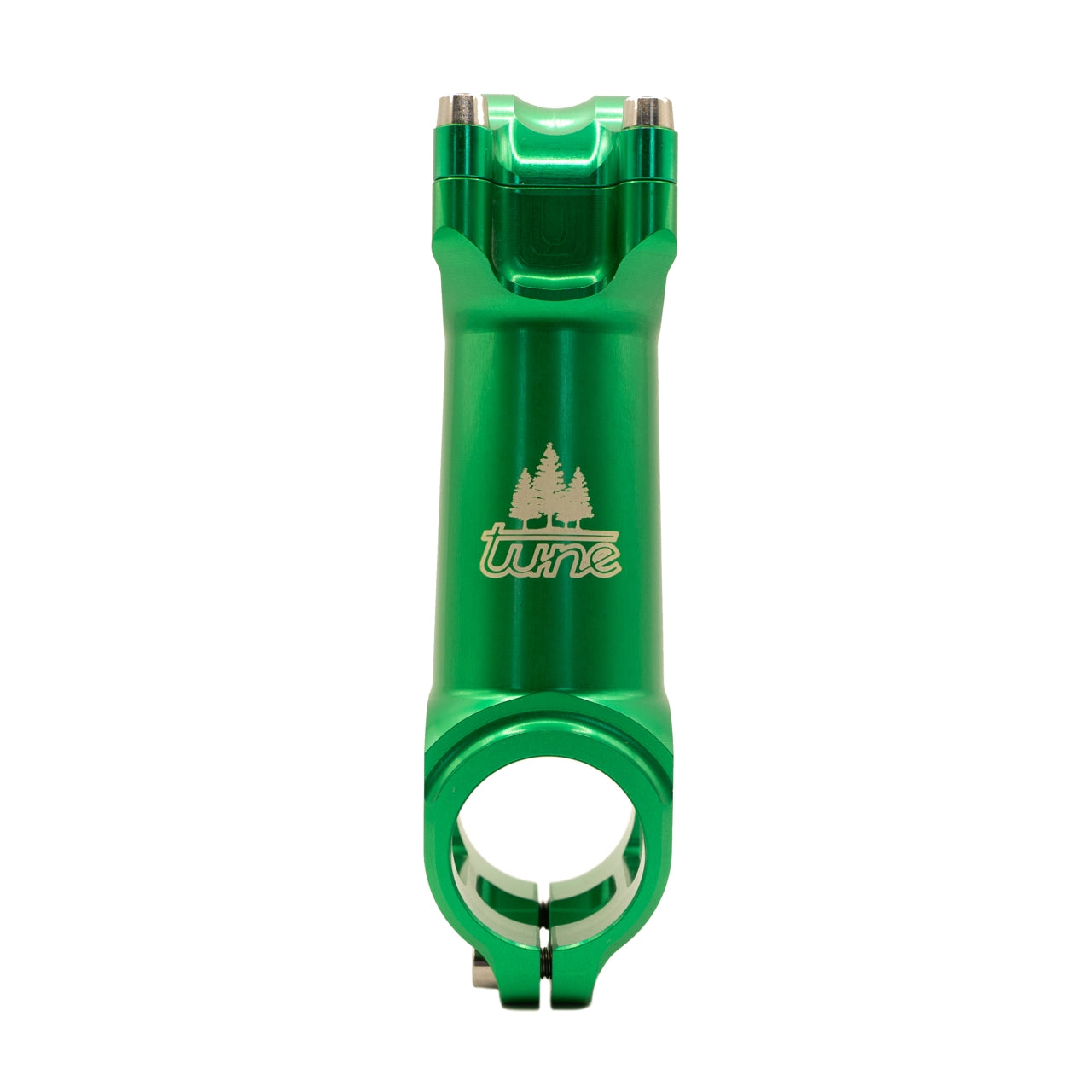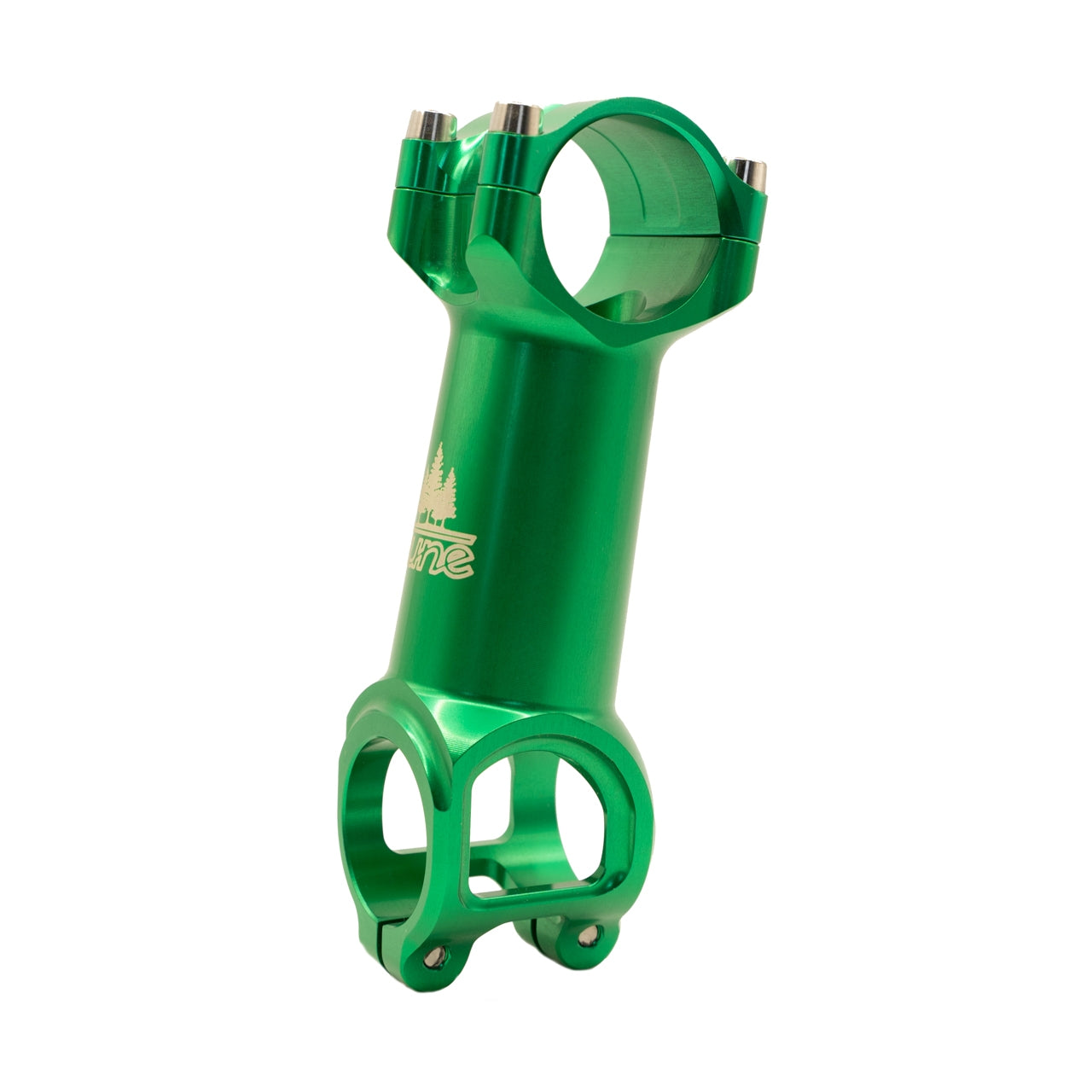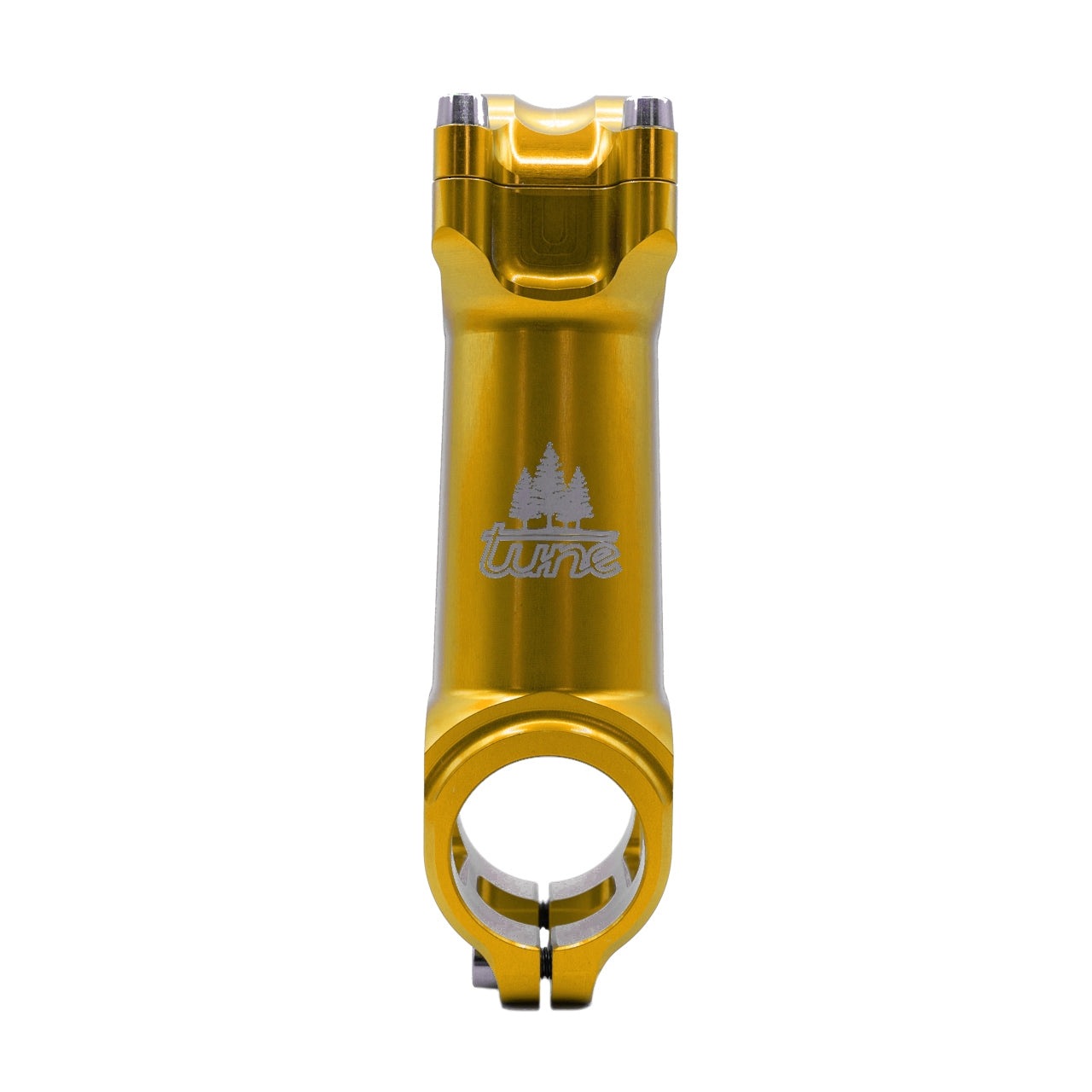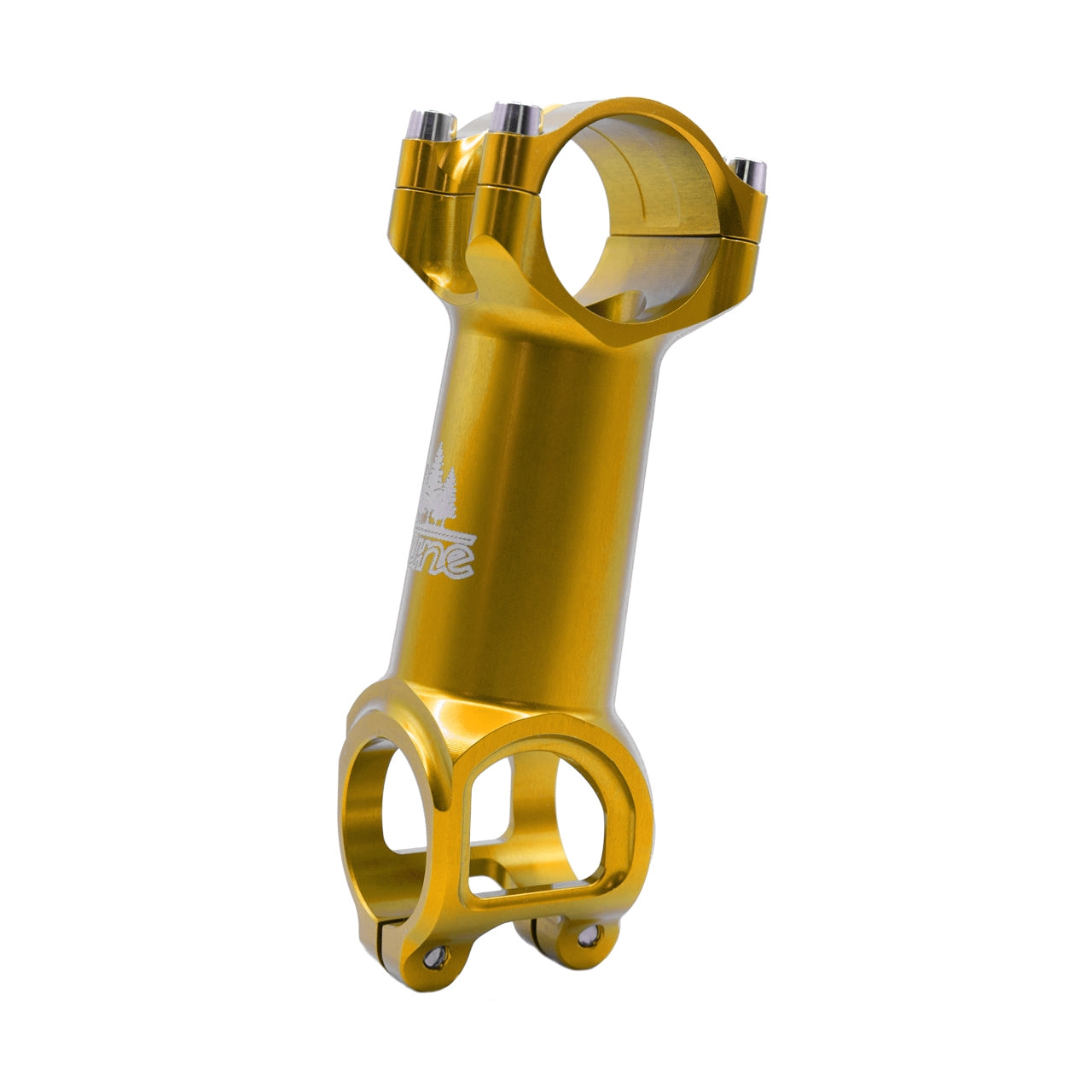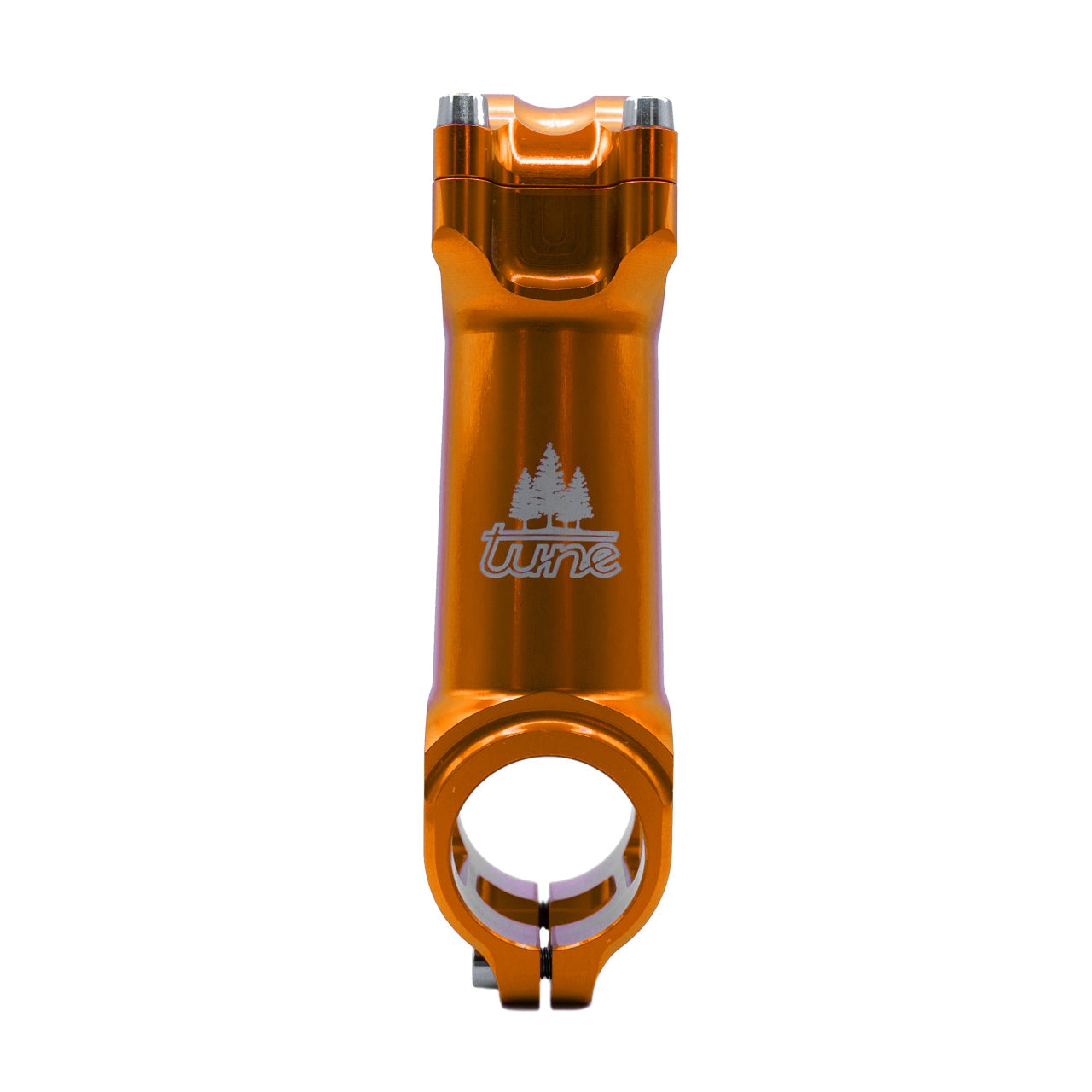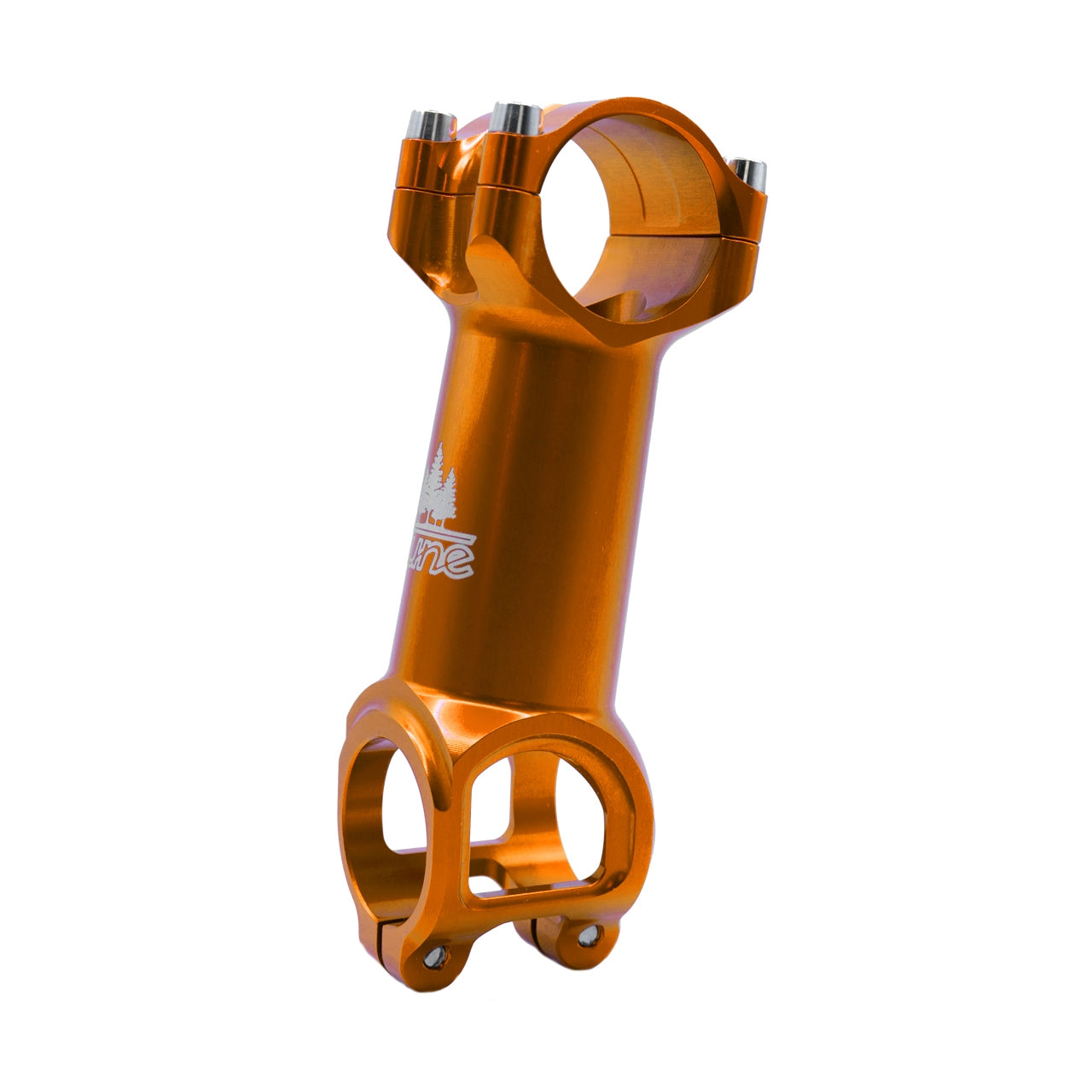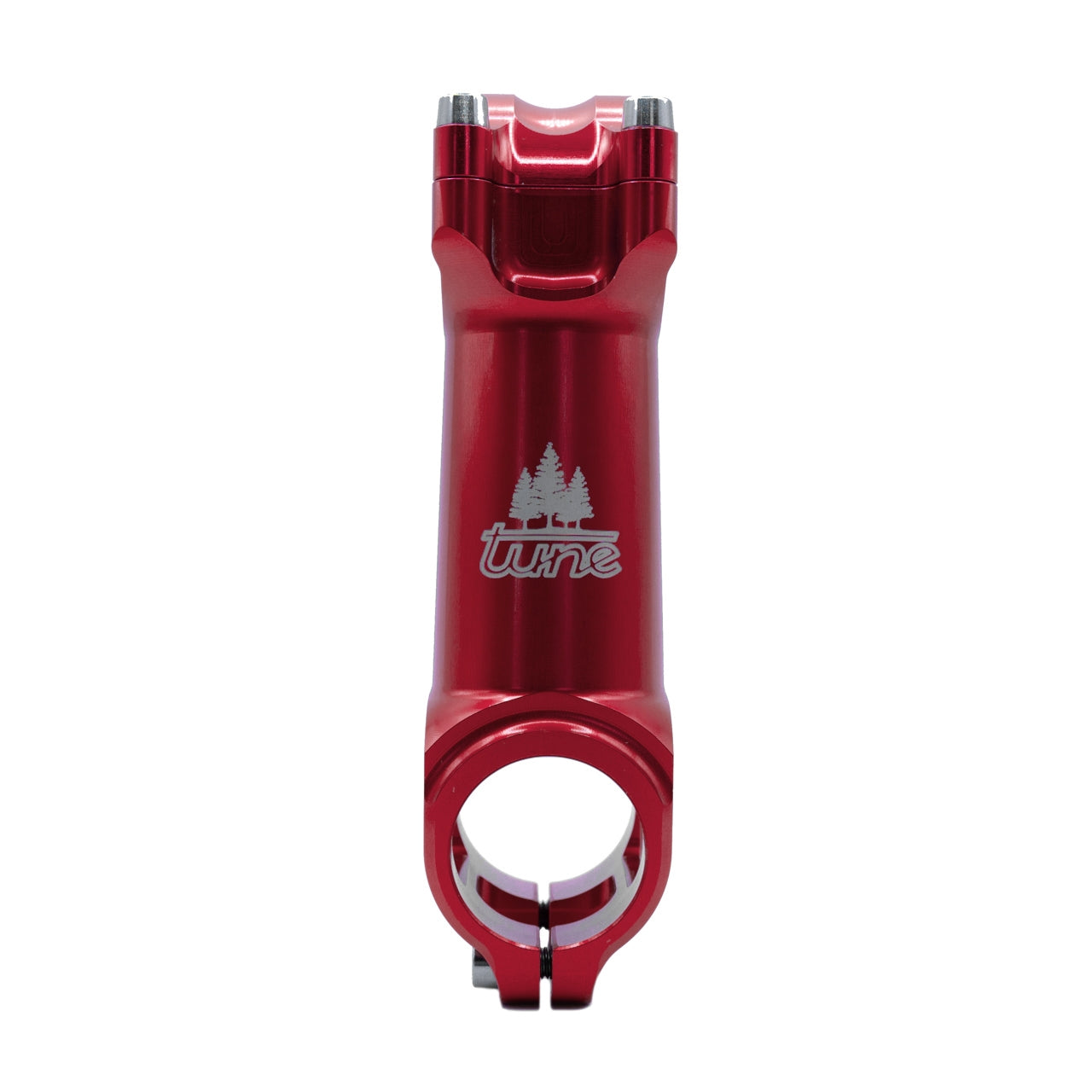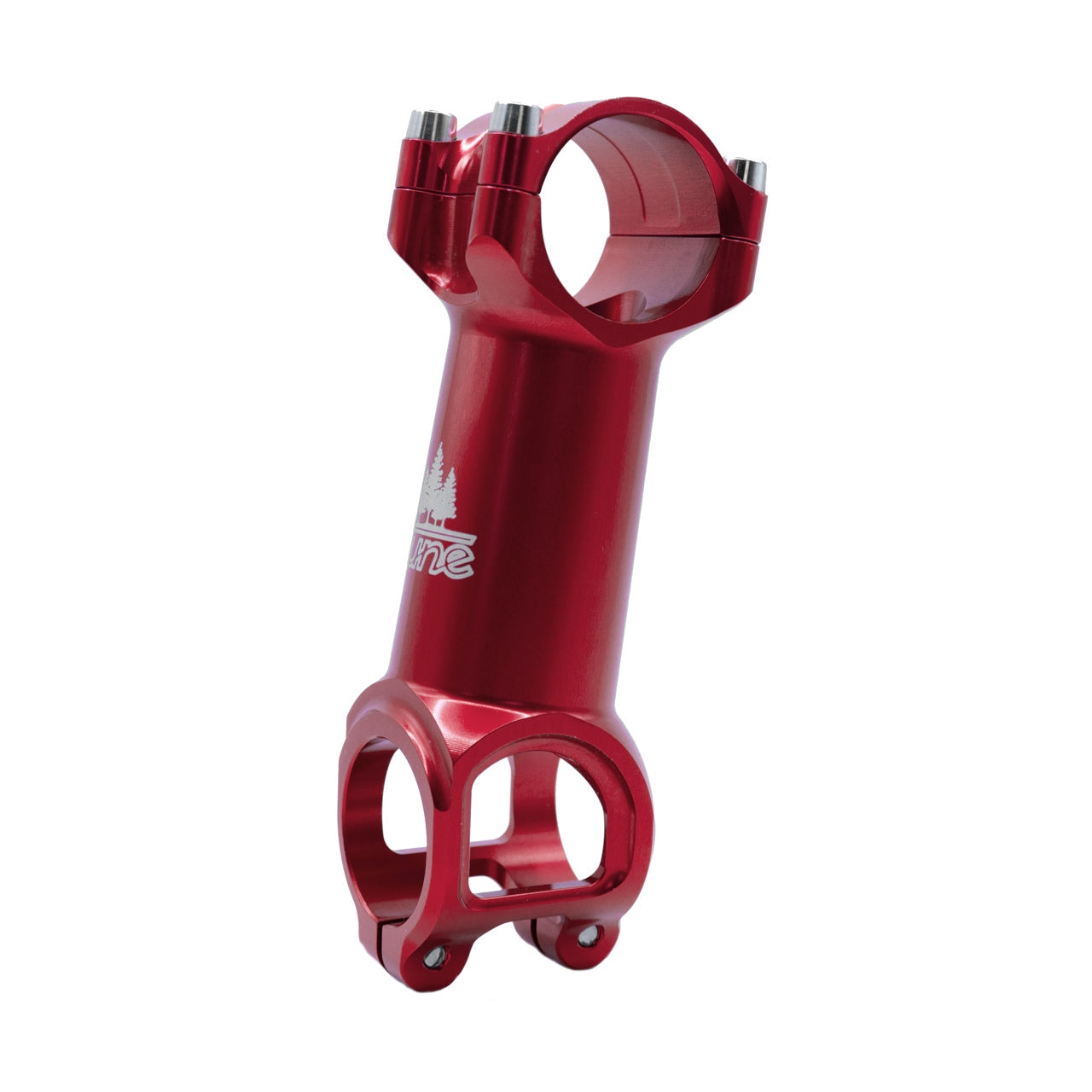It all started with the weight issue...
Creation and Breakthrough
TUNE's history dates back to 1988. Born in Schwarzwald, Uli Faal was living in Munich at the time and working as a chemist for a lubricant manufacturer. He was 35 years old and spent his weekends climbing in the Alps with his wife. He rode his new, innovative Kettler aluminum mountain bike and had weekly access to the steepest climbing zones. But the mountain bikes of the time, weighing more than 20 kg, were too heavy for Uli, and most of the time he was already exhausted after a climb-up ride. Sensing the need to transform climbing into a more enjoyable activity, he began to experiment.
He replaced all the screws on his bikes with aluminum ones and developed his own weight-optimized rear derailleur kits. In 1989, the inventor quit his job, founded his own company, and returned to his native Schwarzwald. Uli began hiring people, and the company gradually grew and continues to develop innovative lightweight equipment.
Keep adding to it.
Hubs and wheels have become increasingly important in recent years. Ury's philosophy is: "Wheels are the best way to save weight. Because of the rotating mass, the few grams saved are especially noticeable and noticeable. TUNE's high-technology hubs are designed and manufactured to a particularly high degree of precision compared to the competition, resulting in superior turning and lightweight performance.
In the 1990s, a ceramic bottom bracket was developed for German hero Jan Ullrich's Tour de France victory. The success of this product brought TUNE more attention worldwide and established its premium status as a premium bicycle part. Uli introduced a new rear hub, the Decibel, which weighs less than 100 grams. Its name comes from the fact that it features a freewheel mechanism, which is in fact far noisier (noisier) than a typical freebody. It's actually too much for this hub to run on the very quiet Schwarzwald...
Fun and innovation best describes Uli's sentiments. Later he developed a "rocket bike" with a kerosene tank and a real aircraft turbine, which he rode through the mountains of the Schwarzwald at more than 70 km/h (62 mph). The frame eventually broke, but the lightweight components still work well, and they can still be seen in Buggingen, where TUNE is headquartered.
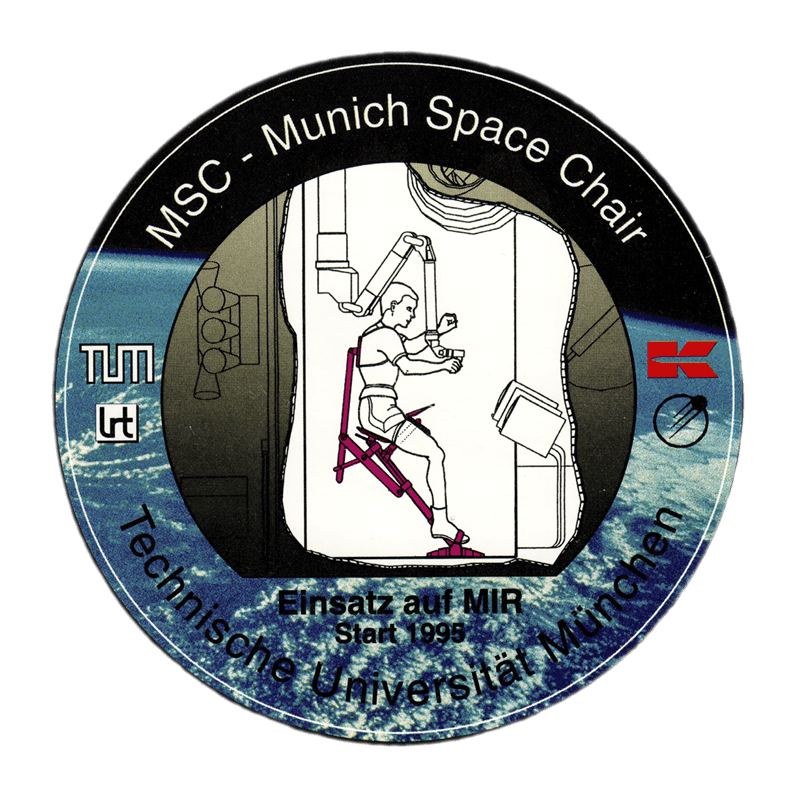
TUNE parts in spaceon the MIR space station
Lightweight and quality are also very important in space technology: in the mid 90s, the Technical University of Munich developed the "Munich Space Chair" for the MIR space station. It allows astronauts to work precisely and intensively with both hands without floating. Based on this development and using our own experience, Tune designed and supplied a special length quick release system.
TUNE 10 Facts
1. our founder Uli's first mountain bike was a Kettler Adventure S. It didn't fit on the plane back from Cape Verde Islands and he ended up leaving it behind.... However, it didn't fit on the plane back from Cape Verde Islands, so he ended up leaving it behind... ;-(
2. TUNE developed a special bottom bracket for a rider who would later win the Tour de France. The initials of that rider are "J.U.". ;-)
3. Markus Klausmann, 15-time German National Downhill Champion, uses TUNE parts from the very beginning.
4. TUNE develops a square bottom bracket with ceramic bearings all around. At 2,900 Deutschmarks, this was probably the most expensive bottom bracket ever.
5. TUNE's treasured derailleur "Click" was a best seller at the TUNE booth at the 1995 Kirchzarten XC World Cup.
6. Uli Faal was the director of the German film " Wickie und die starken Männer" and was invited for casting. The casting company wanted to cast him for the role of the character "Ulobe".
7. The raw material for the hub shell weighs about 70 g.
8. TUNE produces the Skyracer, the only integrated carbon saddle in the world. This design eliminates all the weaknesses of carbon saddles and makes them ultra-light.
9. The Pulsar magnet for spokes is TUNE's lightest product, weighing only 0.4 g.
10. The first TUNE-made T-shirt had "Hello" printed on the chest and "Good Bye" on the back and "Good Bye" were printed on the back.

